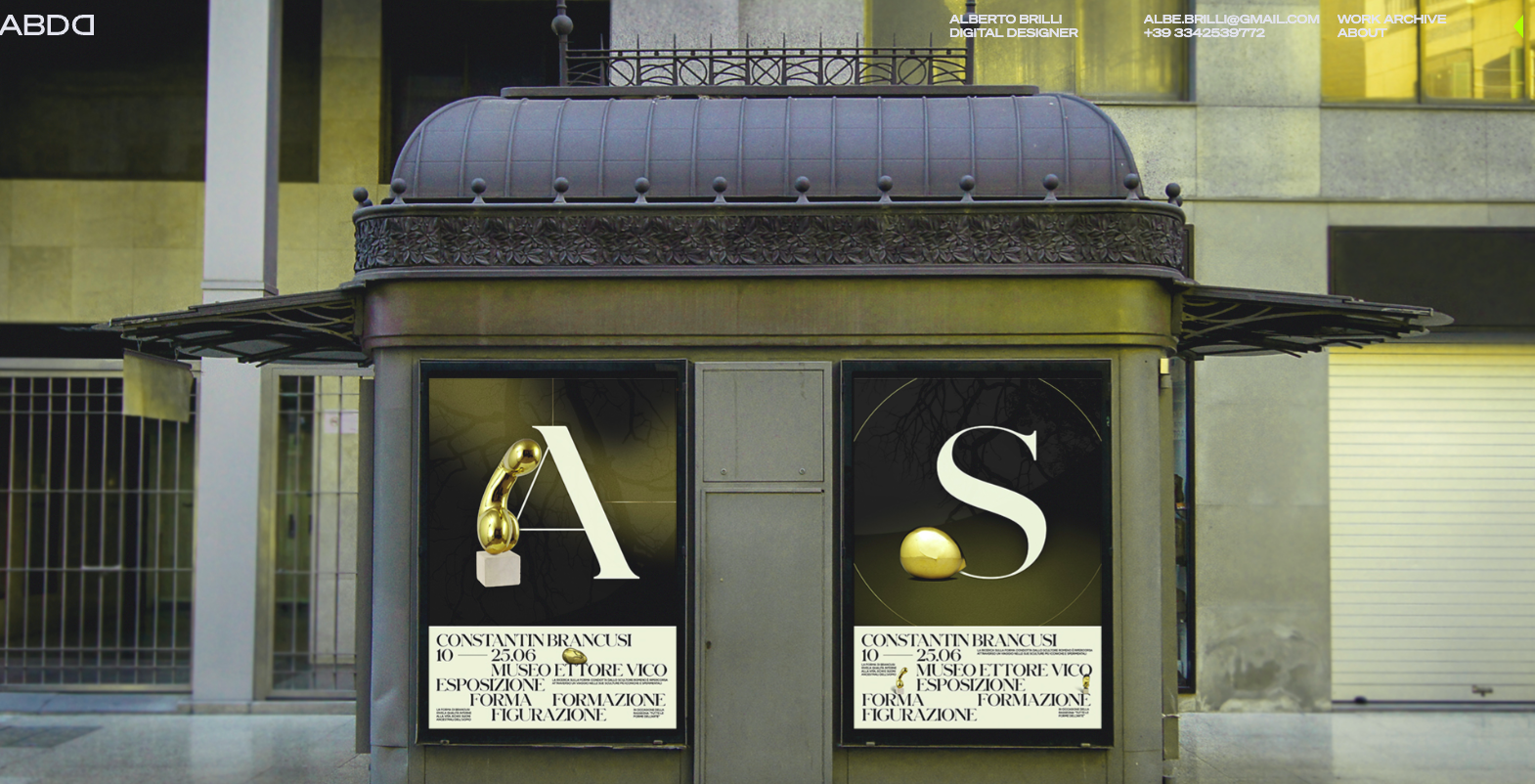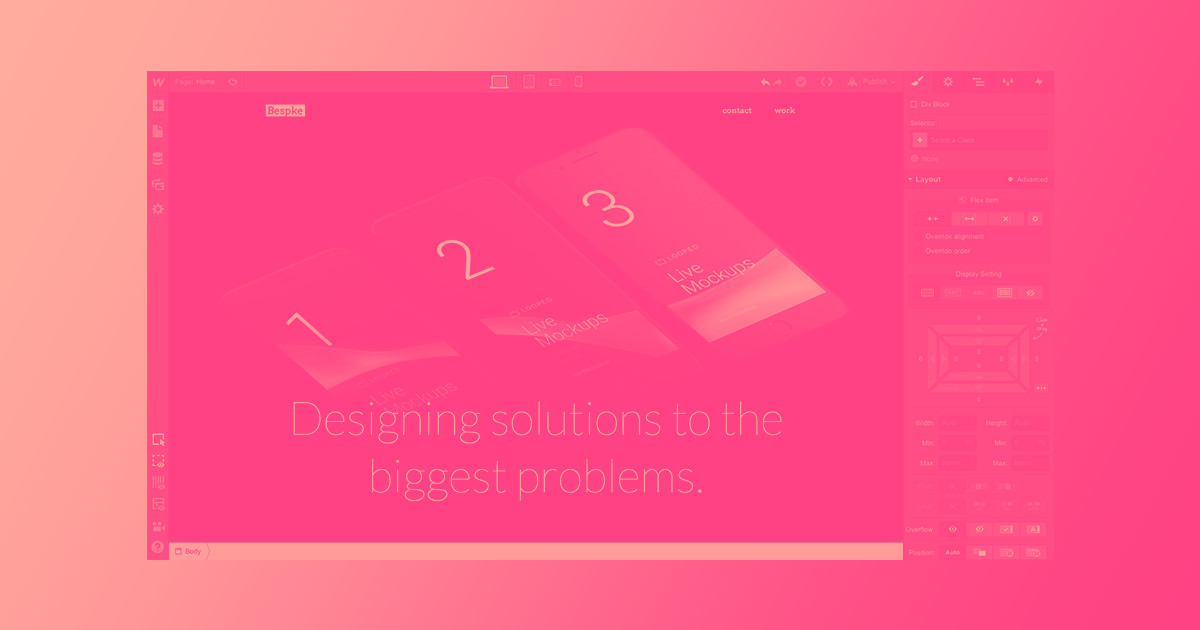Great artists don’t just talk about the art they make — they show it.
For graphic designers, that means putting together a strong portfolio that showcases your best work. Think about it — reading “designed coffee shop logo” as a line item on a resume is much less impressive than seeing the logo in full color.
But if you’re new to graphic design and don’t have much professional experience under your belt, you might not have much work to showcase in your portfolio. And even seasoned designers may get the itch to take on new projects that demonstrate a bit more range.
There’s no need to wait until a client commissions new work to build or revamp a portfolio. No matter what stage you’re at in your career, exploring new graphic design project ideas will get the creative juices flowing and help refine — and show off — your skills.
Popular types of projects to include in a graphic design portfolio
Like any art, graphic design encompasses projects of all shapes and sizes. For this medium, that means anything from business cards to book covers to the visual aspects of web design. The more variety your portfolio includes, the easier it is for potential clients to get a feel for your aesthetic, skill level, and process.
Here are some graphic design projects most commonly featured in portfolios:
Brand identity
Creating a brand identity involves using design elements to craft a unique visual identity that tells a brand’s story and sets it apart from competitors. These elements include:
- Color — Designers use color psychology and color theory to develop color palettes that speak to a brand’s personality.
- Typography — The art of creating and arranging text, including choosing font pairs and styles that are visually appealing and match the brand’s identity.
- Iconography — Designers use iconography (the art of creating icons) to communicate meaning through images, like a button representing a shopping cart to guide users to their pending purchases.
Graphic designers are the minds behind logo creation, lettering, font selection, and every other visual aspect of a company’s brand kit. By including brand identity projects in your portfolio, you demonstrate your ability to create a cohesive and memorable brand image across all elements.
User experience and product design
User experience (UX) design relies on technology, psychology, and user research to design interfaces that are intuitive, efficient, and enjoyable to use. These interfaces guide someone’s interactions with software, apps, websites, and even physical products like alarm clocks, refrigerators, and coffee makers. UX design teams often include visual or graphic designers who ensure the product’s visual elements enhance the overall UX and fit the company’s brand identity.
UX is one piece of the larger product design process, which involves ideating and developing digital or physical products that solve a problem for the target audience. While graphic and product designers have two distinct roles, the former play an integral role in the design process. For a digital product, this might mean laying out the visual aspects of an app’s interface with the company’s brand identity in mind. For a physical product, a graphic designer might create mockups that show stakeholders what the finished product will look like.
Including both UX and product projects in a graphic design portfolio can demonstrate your skills in creating user-friendly, aesthetically pleasing products.
Storyboards
Storyboards are a series of illustrations or images that depict a plot or sequence of events. They’re often used in film and video production to plan and visualize scenes. Including storyboards in your portfolio can demonstrate your ability to convey a message effectively through visual storytelling and create a cohesive, compelling narrative.
Illustrations and graphics
Print and digital media often include illustrations and graphics to share information or tell a short story. This includes poster design, editorial illustrations that bring a piece of writing to life, and infographics that help readers visualize data or information. Including a variety of illustrations and graphics in your portfolio proves you can create eye-catching visuals that effectively communicate the desired message.



















Build websites that get results.
Build visually, publish instantly, and scale safely and quickly — without writing a line of code. All with Webflow's website experience platform.
4 inspiring project examples
Now we’ll put the concept of showing versus telling to the test with a roundup of real project design ideas worthy of any portfolio.
1. Poster design

Designer Alberto Brilli used Adobe Illustrator to create a graphic design concept for an exhibition showcasing Romanian artist Constantin Brâncuși. The design capitalizes on Brâncuși’s art legacy, with each poster featuring a letter from the artist’s name alongside one of his gold sculptures. Rather than adding the concept to his portfolio as a still, two-dimensional image, Alberto used web design to help visitors visualize what the concept would look like in the real-world setting he designed it for.
2. Brochure design

Designer Cristiaan Jackson applies the same level of thoughtfulness to every element, from color to typeface to layout in this brochure. Cristiaan’s attention to detail informed her “The Earth is Sick '' composting guide, which challenged her to present important information without using pictures to draw attention to the brochure’s content. Cristiaan used her knowledge of typography and color to turn large blocks of text into art, choosing shades of brown and green for the color palette and draping strings of words to mimic the structure of roots.
Cristiaan shares her work on her portfolio website and uses it as a space to talk through the thought process that guides her designs. She includes her collaborators, design tools, and challenges to help potential clients understand her approach and abilities.
3. Product packaging design

As a student, product designer Cherelle Hibbert created a fictional coffee brand called Zula, using design tools and principles to create a coffee tin and its accompanying mortar and pestle. Cherelle then switched into graphic designer mode, incorporating traditional East African colors and patterns into the label in a nod to the Eritrean coffee ceremony that inspired the product. This step elevated the project from a well-designed tin to a polished, comprehensive concept enticing discerning coffee drinkers to try Zula.
With the help of Adobe Photoshop, Cherelle edited the logo into a realistic branding advertisement perfect for inclusion in a design portfolio. Like Cristiaan, Cherelle explains the thinking behind her designs, offering portfolio viewers a window into her decision-making process.
4. Illustration

Illustrator and designer Rachel Riordan of Lucky Bones Studio has been drawing since early childhood, a commitment to craft that shines through in the logo and illustrations she created for Tilted Glass Brewing Co. Each piece relies on color and vivid imagery to tell a story, like the label for the brand’s Dark Prince IPA, which conveys themes of death and rebirth through the whimsical illustration of a crowned skull, fungus, and insects on a backdrop of navy and muted pink blossoms over a pale blue sky. Rachel’s portfolio is simple and uncluttered, spotlighting her intricate illustrations.
Learn by doing
Webflow is the leading visual development platform for building powerful websites without writing code — the perfect solution for graphic designers who don’t have the knowledge (or the time) to build a portfolio site from scratch. Try our free 21 day design portfolio course and start sharing your graphic design projects.

Get started for free
Create custom, scalable websites — without writing code. Start building in Webflow.






























